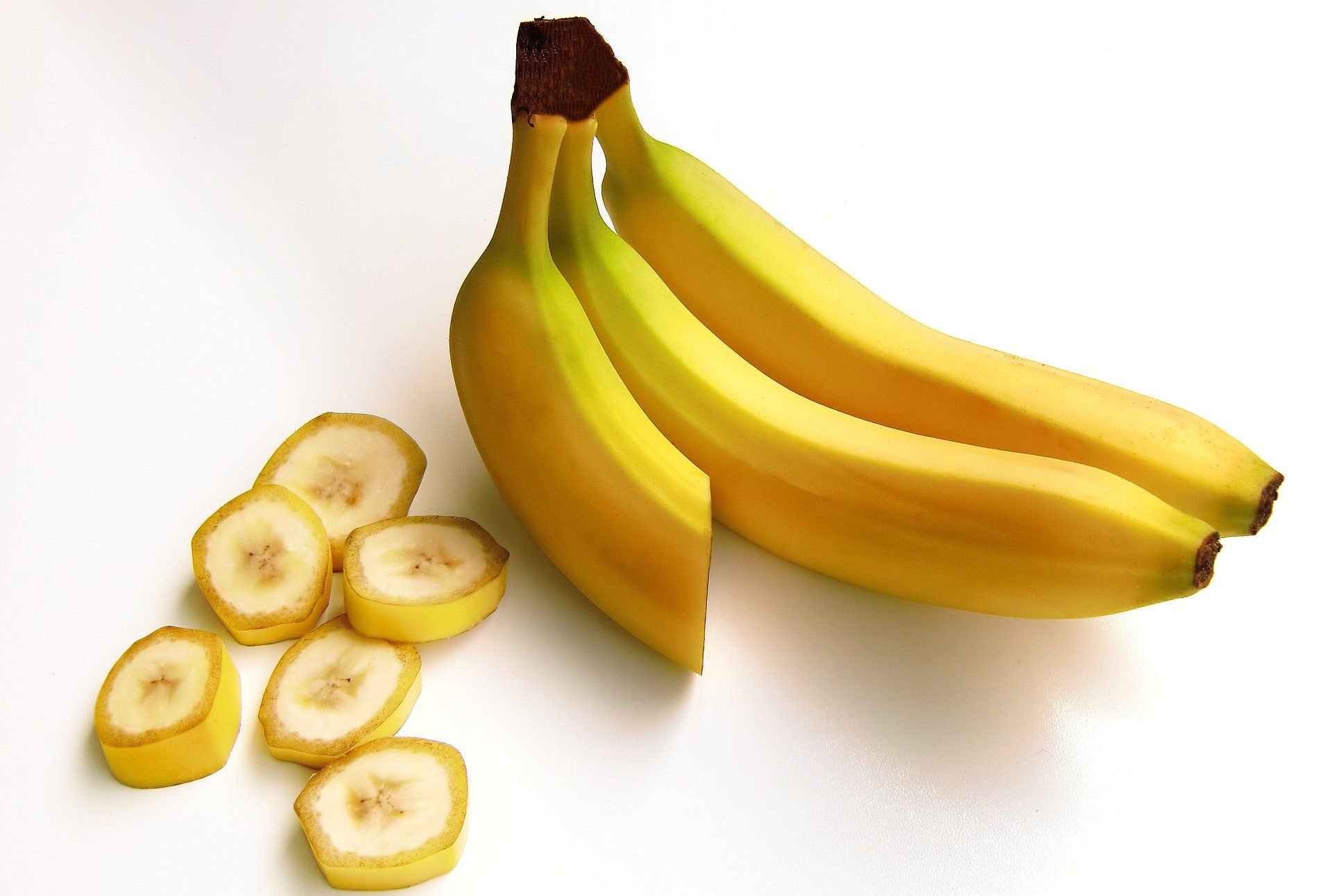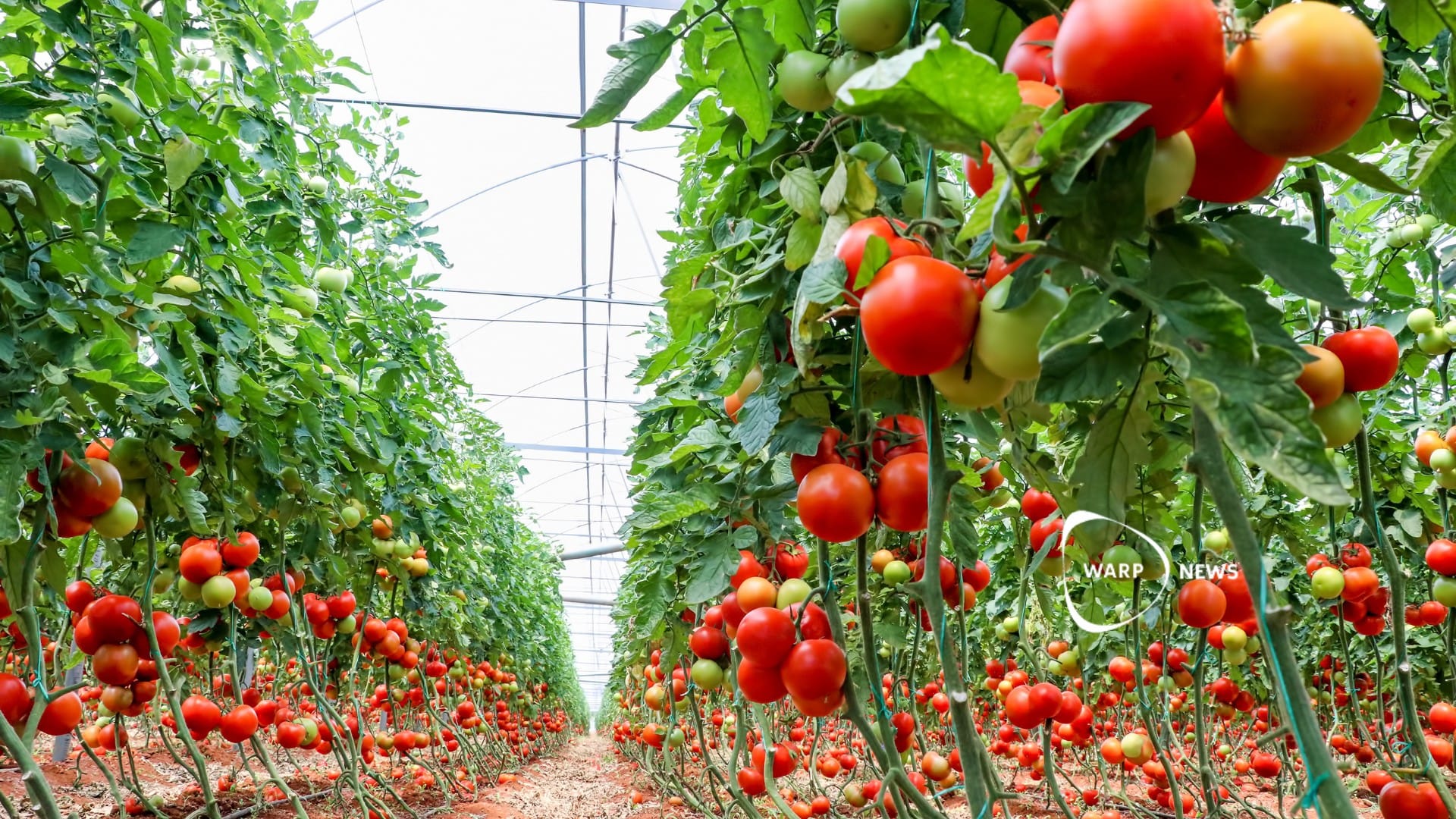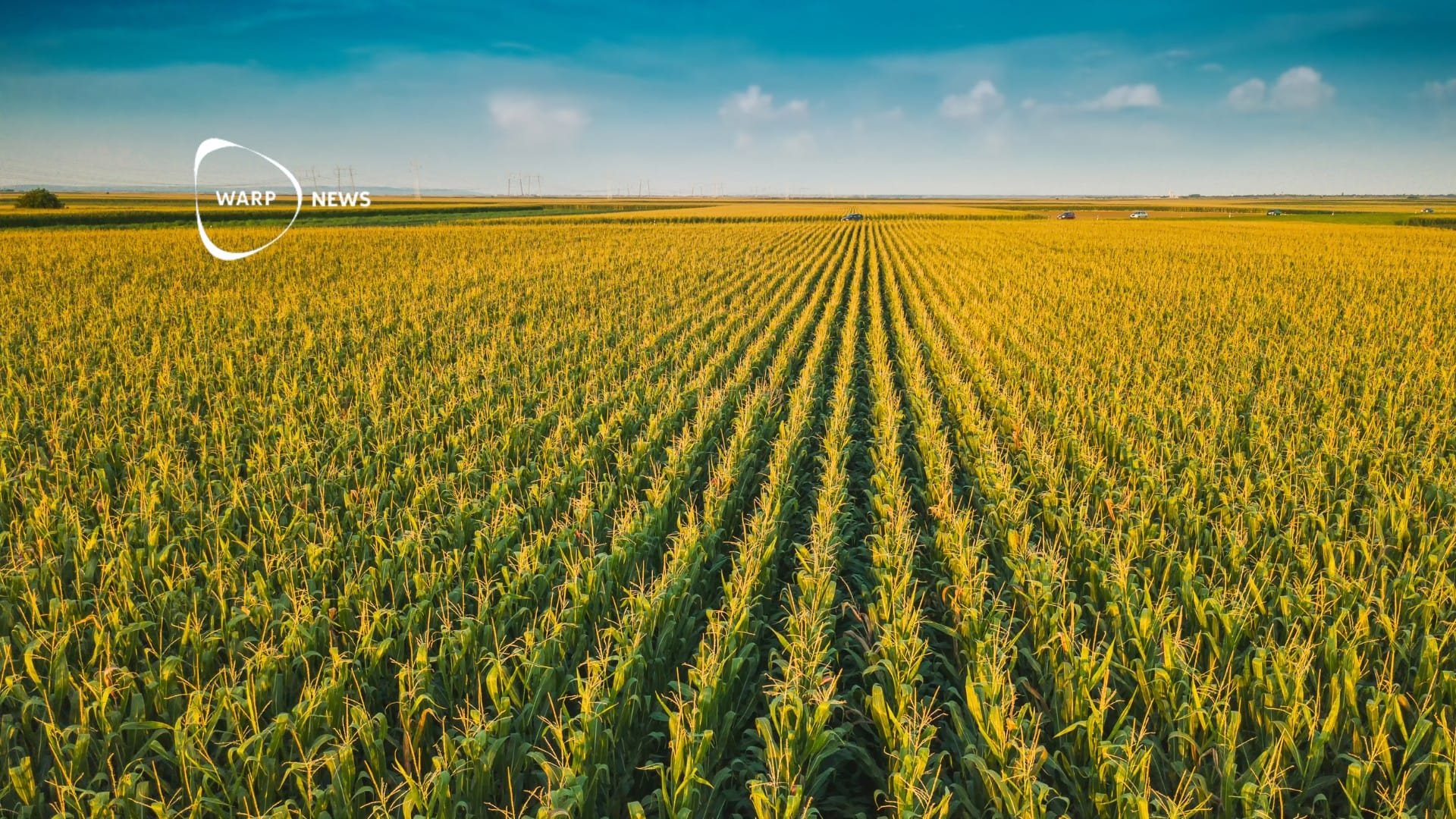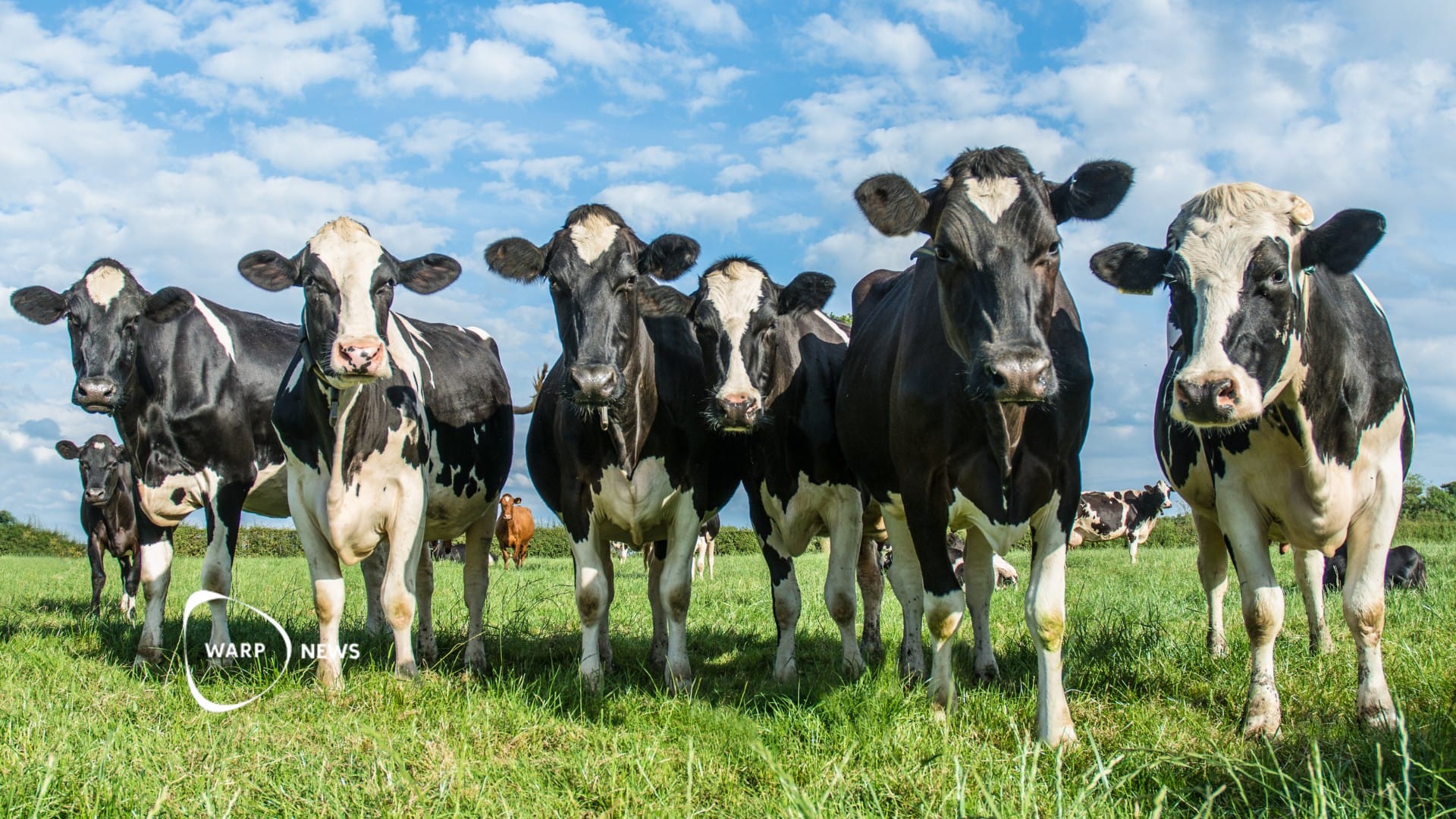
✂ Crispr will save our bananas
A disease threatens to eradicate the only banana variety we eat today, but with Crispr technology, researchers can make bananas resistant.
Share this story!
99 percent of all bananas we eat today are of a variety called Cavendish and now it risks being completely eradicated. The culprit in the drama is a fungal disease, TR4 or Panama disease; which kills banana plants and against which there are no pesticides.
But now there is hope of being able to save the Cavendish bananas . It is a research team from Queensland University of Technology, QUT, which uses the gene tool Crispr to produce a variant of the Cavendish banana that is resistant to TR4.
What the researchers are doing is turning on a gene in the Cavendish bananas that is not normally active, but which, when activated, protects against TR4. The method has already been tested in trials and they went so well that the food giant Del Monte has now come in with money so that the researchers can commercialize the method.
This means that we have a good chance of being able to enjoy a Cavendish banana in the future as well, and it also gives banana growers time to fix the big problem. That problem is monoculture , that almost all bananas are of a single variety. Growers are now finding more varieties, but it takes time to refine varieties that are both good and commercially viable. Growers can now get that time with the help of Crispr.
That a banana variety is completely eliminated by a TR infection is nothing new. Before 1950, the dominant banana variety was not Cavendish but Gros Michel. A variety that according to some was more tasty than Cavendish and that also withstood shocks better. But in the 1950s, the Gros Michel plantations were affected by an earlier variant of the Panama disease that completely knocked out the Gros Michel banana.
Then the growers could relatively easily switch to Cavendish, but today there is no immediate alternative to Cavendish. The disease has already been detected in several cultivation areas around the world. Including in South America, which accounts for 85 percent of banana exports.
If edible bananas were to disappear completely, it would be sad for the rich part of the world, but a disaster for parts of the poor world.
- Bananas are a staple food in many countries around the world so this disease can become a humanitarian issue, says Professor James Dale, who is one of the researchers behind the method.
So in this case, Crispr can not only preserve our afternoon snack or dessert ingredient but also save millions of people from hunger.
By becoming a premium supporter, you help in the creation and sharing of fact-based optimistic news all over the world.


